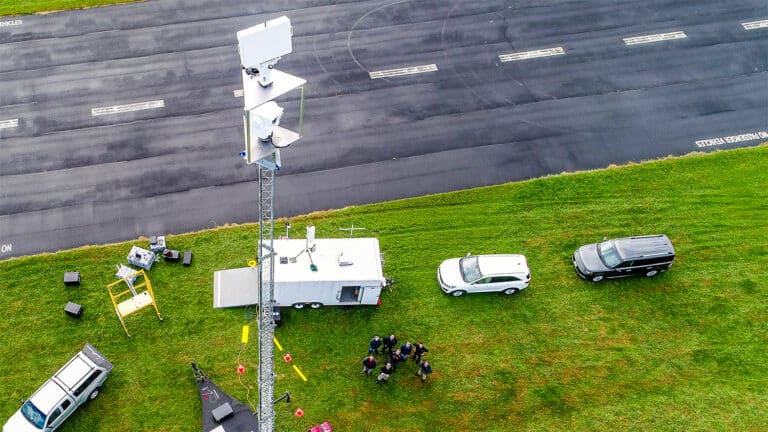South Korea Is Building a Drone Carrier Fleet
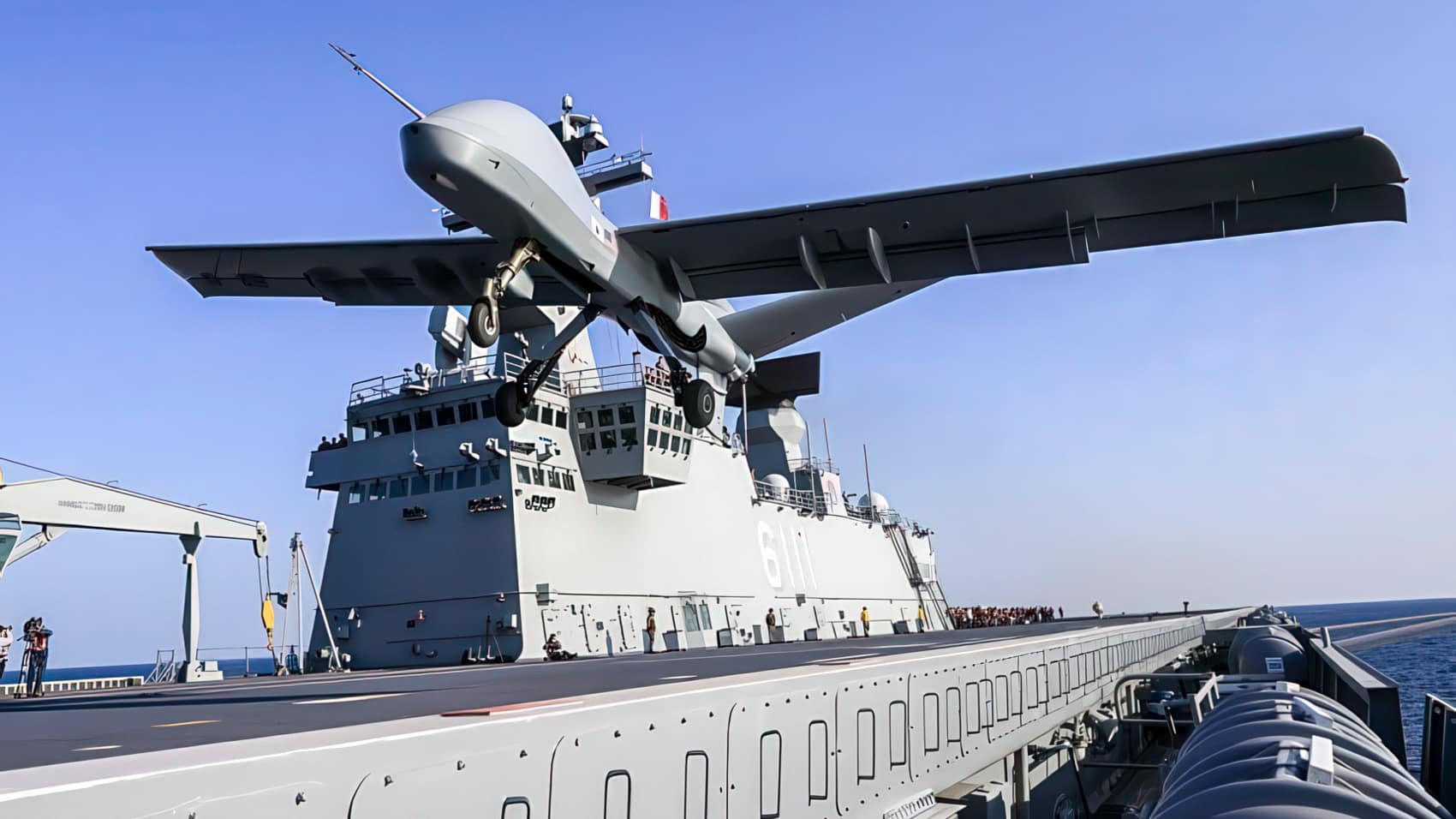
What does a country do when it realizes it won’t have enough sailors to crew its future navy? This isn’t a hypothetical question. For South Korea, it’s a reality, and their answer is one of the boldest military pivots we’ve seen in years. As Naval News reports, they’re building a new fleet where drones are the soldiers, commanded from the deck of a massive new drone aircraft carrier.
The Republic of Korea (ROK) Navy has officially kicked off a massive initiative called Navy Sea GHOST.
The goal is to create a futuristic fleet where manned and unmanned systems work together seamlessly. Faced with a declining population and fewer sailors, they’re turning to technology to fill the gap. It’s a bold, hugely ambitious plan that puts drones at the very heart of their naval strategy for the next generation.
The Heart of the Fleet: A 30,000-Ton Drone Carrier
The centerpiece of this entire project is a brand-new, 30,000-ton class drone carrier. This ship won’t just be an afterthought; it will be the command-and-control hub for a whole ecosystem of unmanned vehicles. While the final designs are still being developed by giants like Hanwha Ocean and HD Hyundai Heavy Industries, the core concept is clear: this is a floating hornet’s nest for drones.
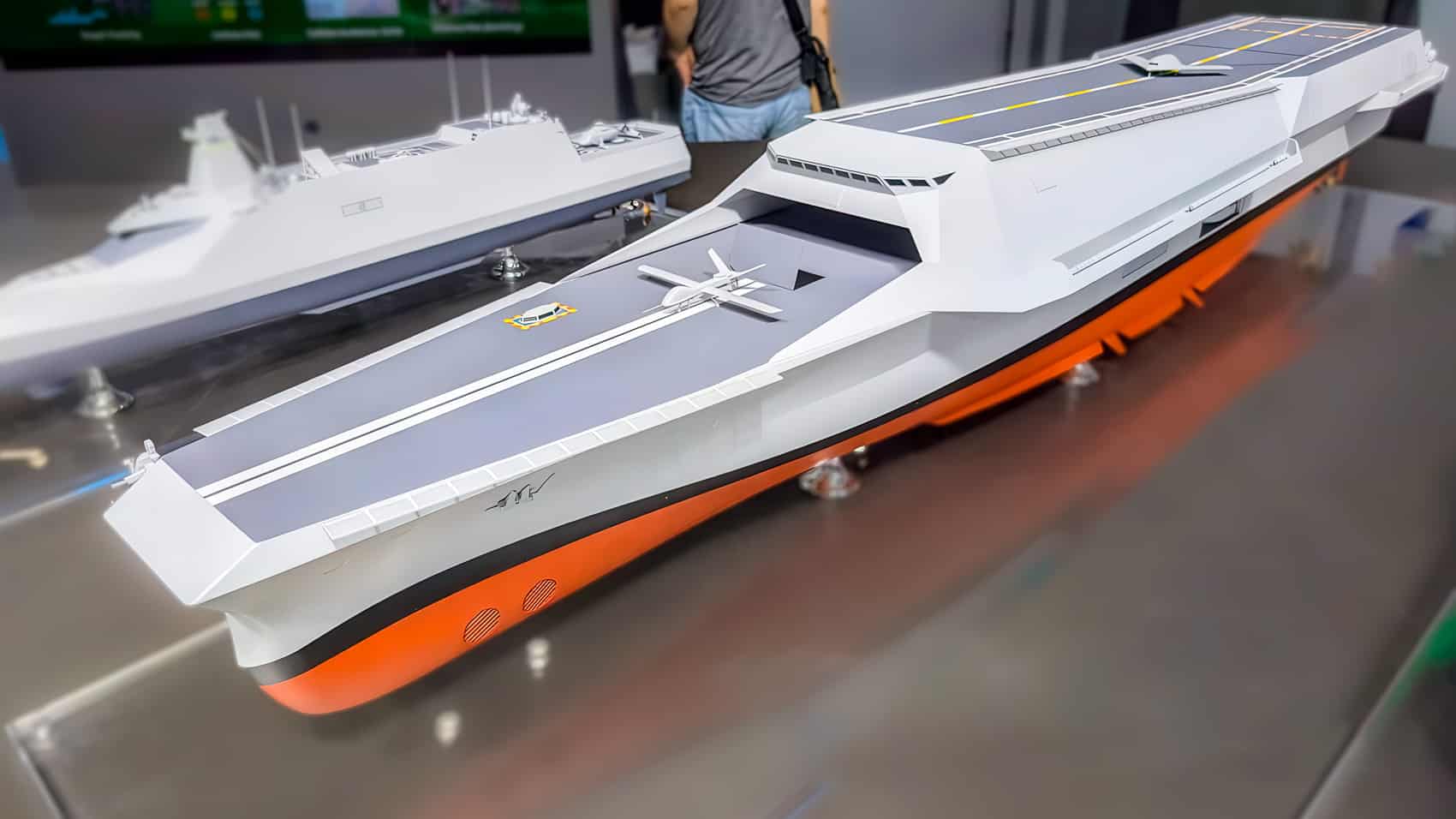
But they aren’t waiting around. The plan is an 11-year project, aiming for the new carrier to be in service by the late 2030s. In the meantime, the ROK Navy is already upgrading two of its existing amphibious assault ships, the ROKS Dokdo and ROKS Marado, to handle drone operations. This isn’t just theory; General Atomics has already successfully demonstrated a take-off of their Mojave STOL (Short Take-Off and Landing) UAV from the deck of the ROKS Dokdo. The transition has already begun.
Meet the Drones: The Unmanned Stars
This carrier won’t be launching your average quadcopters. It’s designed to operate a sophisticated lineup of military-grade unmanned aerial vehicles (UAVs), creating a multi-layered defense and attack screen.
Here are some of the key players involved:
- KAI Carrier-Based UCAV: This is the main event. A jet-powered, stealthy Unmanned Combat Aerial Vehicle designed specifically for carrier operations. It features internal weapon bays to maintain its low-observable profile and will be armed with serious air-to-air missiles like the MBDA Meteor. It’s designed to be the fleet’s robotic fighter jet.
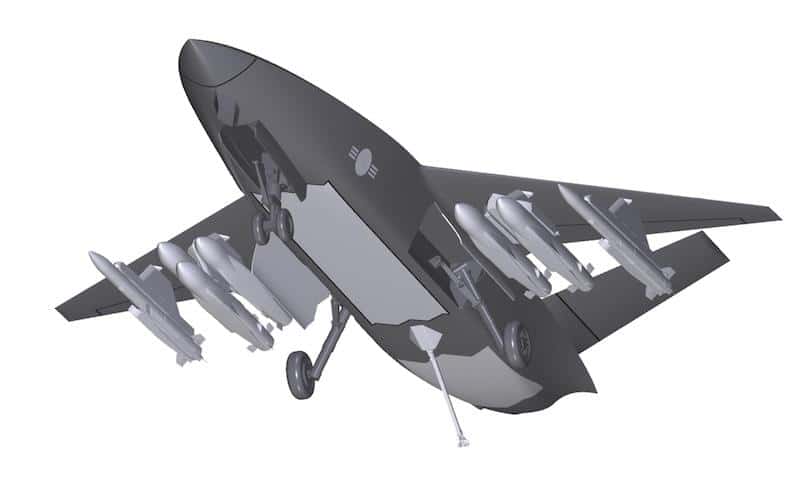
- General Atomics Mojave & Hanwha Greyeagle: These are Short Take-Off and Landing (STOL) drones, crucial for operating from smaller decks. They provide the backbone for surveillance, reconnaissance, and strike missions without needing a massive catapult and runway system.
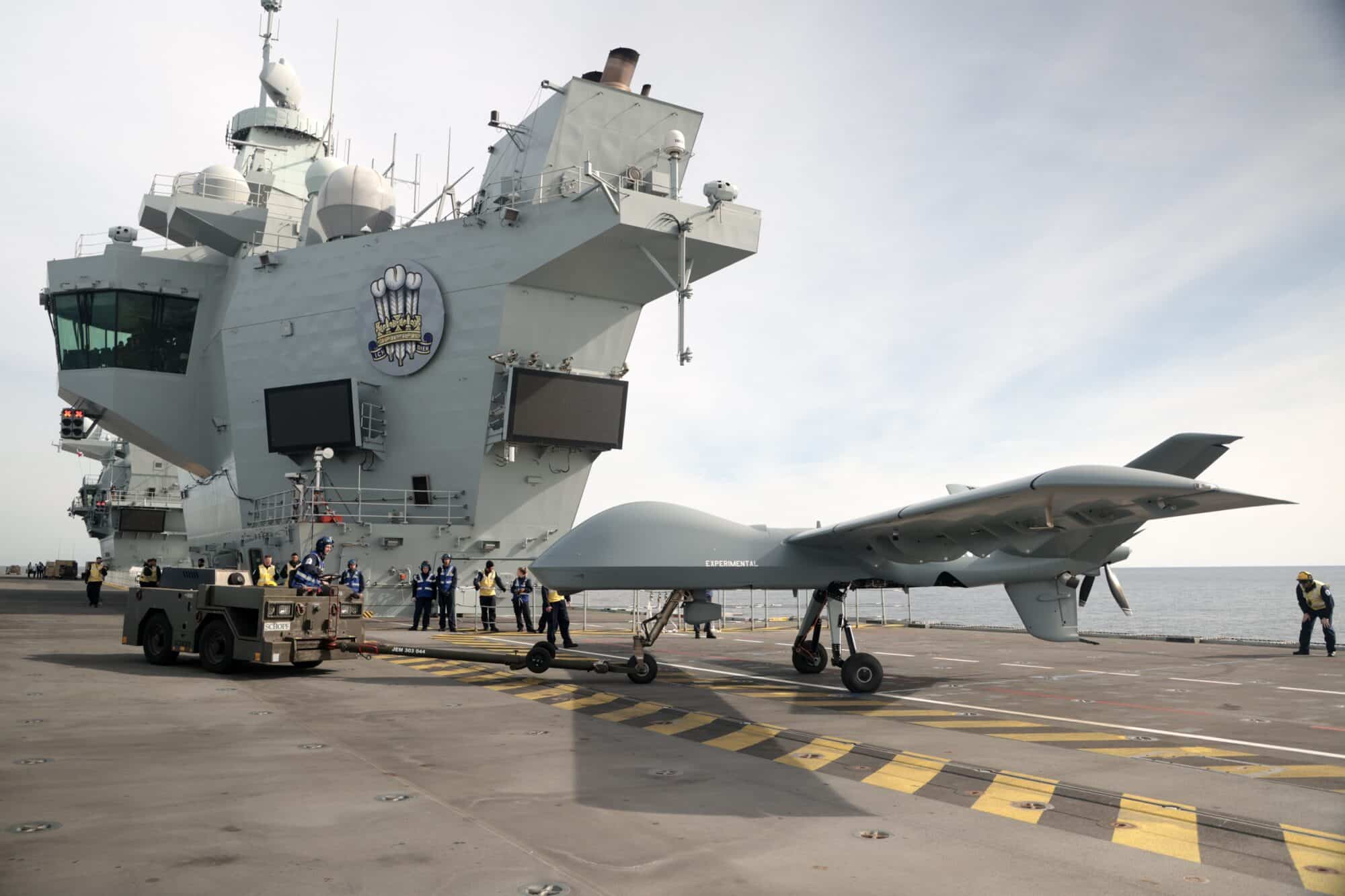
- Korean Air Loyal Wingmen: The plan also includes low-observable “loyal wingman” drones like the KUS-LW. These drones are designed to fly alongside manned fighter jets, acting as extra sets of eyes, weapons platforms, and decoys, massively increasing the effectiveness and survivability of the human pilot.
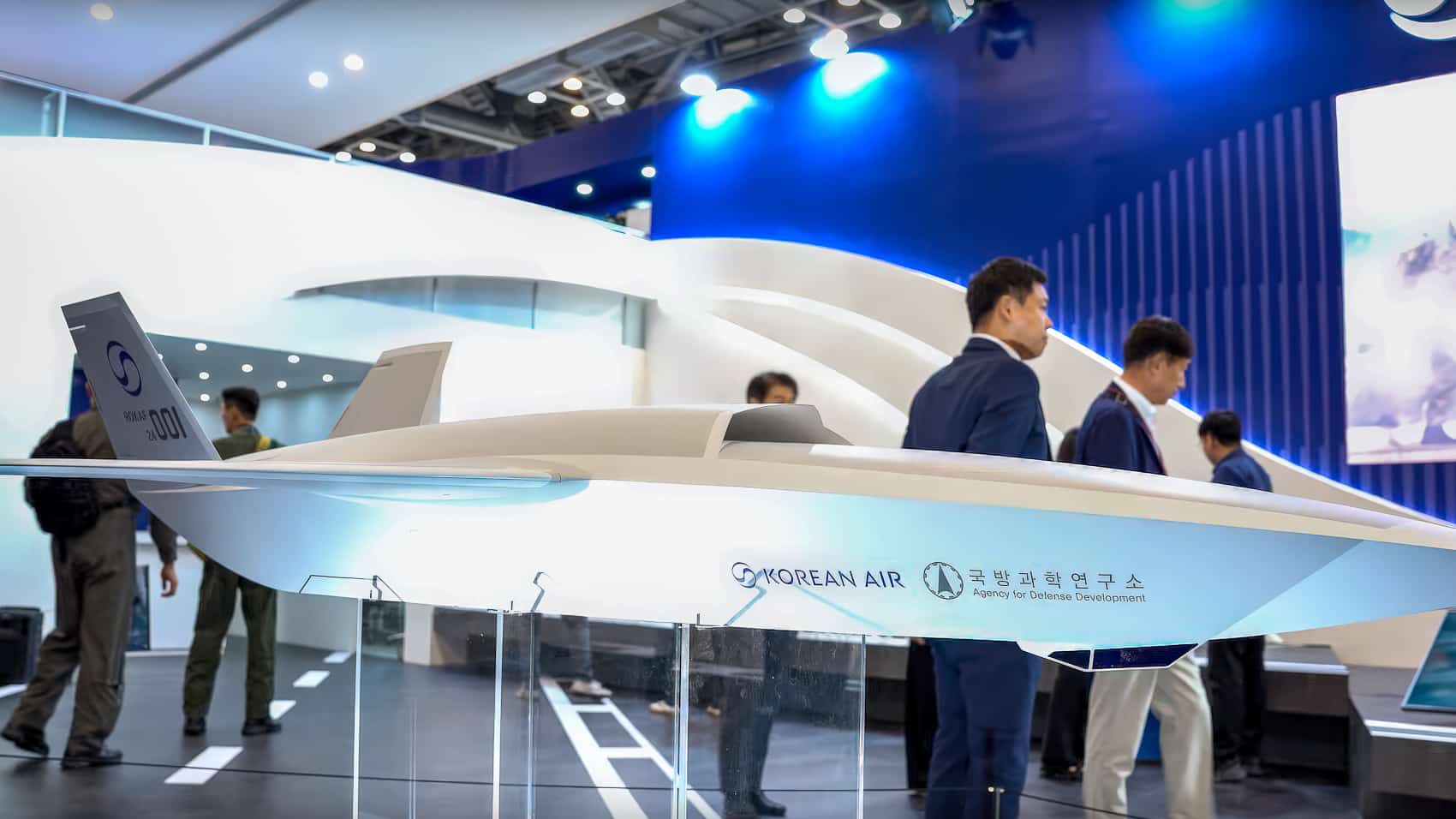
This is the core of Manned-Unmanned Teaming (MUM-T): a human pilot in one jet commanding a small squadron of autonomous wingmen. It’s a force multiplier that will change the dynamics of air combat.
Why They’re Doing It: Strategy Over Numbers
The biggest driver behind the Navy Sea GHOST initiative is a stark reality: South Korea is facing a severe manpower shortage due to a declining birthrate. They simply won’t have enough sailors to crew a massive, traditional navy in the coming decades.
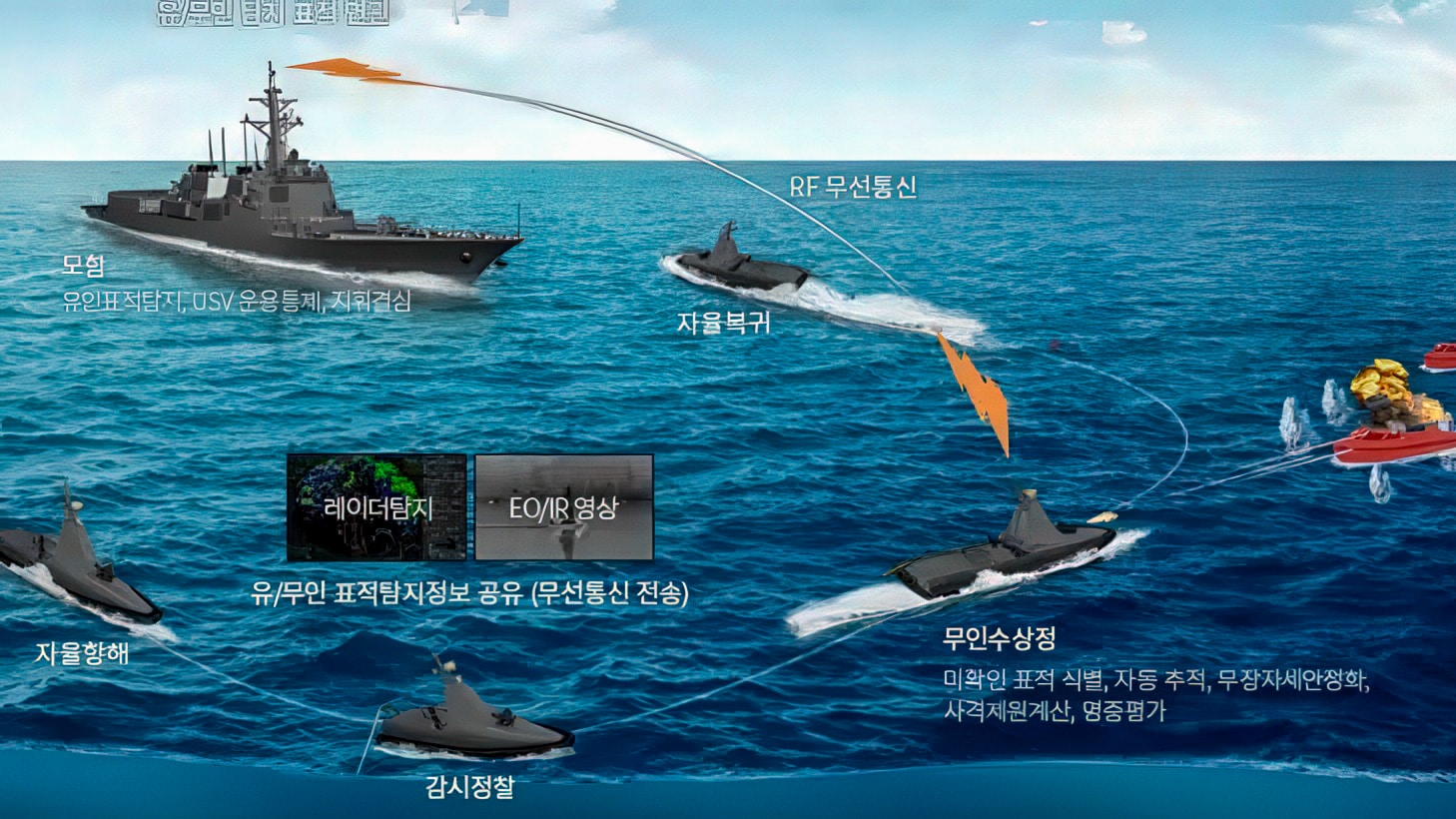
Instead of trying to fight demographics, they are leaning into technology. By creating a MUM-T fleet, they can project power and maintain a strong defensive posture with fewer personnel. One operator on a ship could potentially command multiple unmanned surface vessels (USVs) or a squadron of UAVs. It’s a strategic pivot from manpower to machine-power, ensuring their navy remains formidable in a region with rising tensions. This isn’t just about cool tech; it’s a matter of national security and future-proofing their entire naval force.
DroneXL’s Take
As someone who gets excited about the latest DJI release, this news hits on a different level. This is the kind of stuff we used to see only in science fiction. For years, we’ve talked about the potential of Manned-Unmanned Teaming, but it always felt like a concept that was perpetually “just over the horizon.” South Korea is putting a firm deadline on that horizon. They’re not just experimenting; they’re restructuring their entire naval doctrine around it.
What’s really fascinating to me is the pragmatism behind it. This isn’t a vanity project. It’s a direct, logical solution to a very real problem of population decline. It’s a reminder that sometimes the biggest technological leaps aren’t driven by ambition alone, but by necessity. While we droners use this tech for capturing stunning landscapes or inspecting infrastructure, nations are now betting their security on it.
This is a massive vote of confidence in the reliability and capability of unmanned systems. The fact that a navy is willing to build its future fleet around drones tells you everything you need to know about where this technology is headed. It’s robust, it’s capable, and it’s officially at the center stage of global defense. It’s a powerful moment for drone technology, and we’re going to be watching this unfold very, very closely.
Photographs courtesy of Naval News
Discover more from DroneXL.co
Subscribe to get the latest posts sent to your email.
Check out our Classic Line of T-Shirts, Polos, Hoodies and more in our new store today!

MAKE YOUR VOICE HEARD
Proposed legislation threatens your ability to use drones for fun, work, and safety. The Drone Advocacy Alliance is fighting to ensure your voice is heard in these critical policy discussions.Join us and tell your elected officials to protect your right to fly.
Get your Part 107 Certificate
Pass the Part 107 test and take to the skies with the Pilot Institute. We have helped thousands of people become airplane and commercial drone pilots. Our courses are designed by industry experts to help you pass FAA tests and achieve your dreams.

Copyright © DroneXL.co 2025. All rights reserved. The content, images, and intellectual property on this website are protected by copyright law. Reproduction or distribution of any material without prior written permission from DroneXL.co is strictly prohibited. For permissions and inquiries, please contact us first. DroneXL.co is a proud partner of the Drone Advocacy Alliance. Be sure to check out DroneXL's sister site, EVXL.co, for all the latest news on electric vehicles.
FTC: DroneXL.co is an Amazon Associate and uses affiliate links that can generate income from qualifying purchases. We do not sell, share, rent out, or spam your email.






